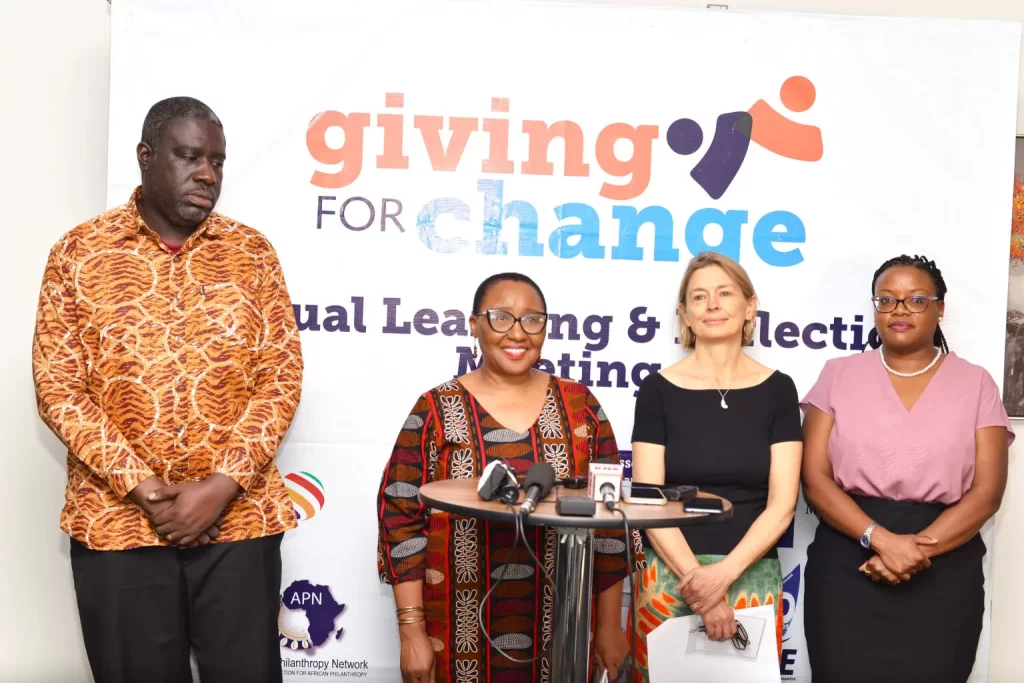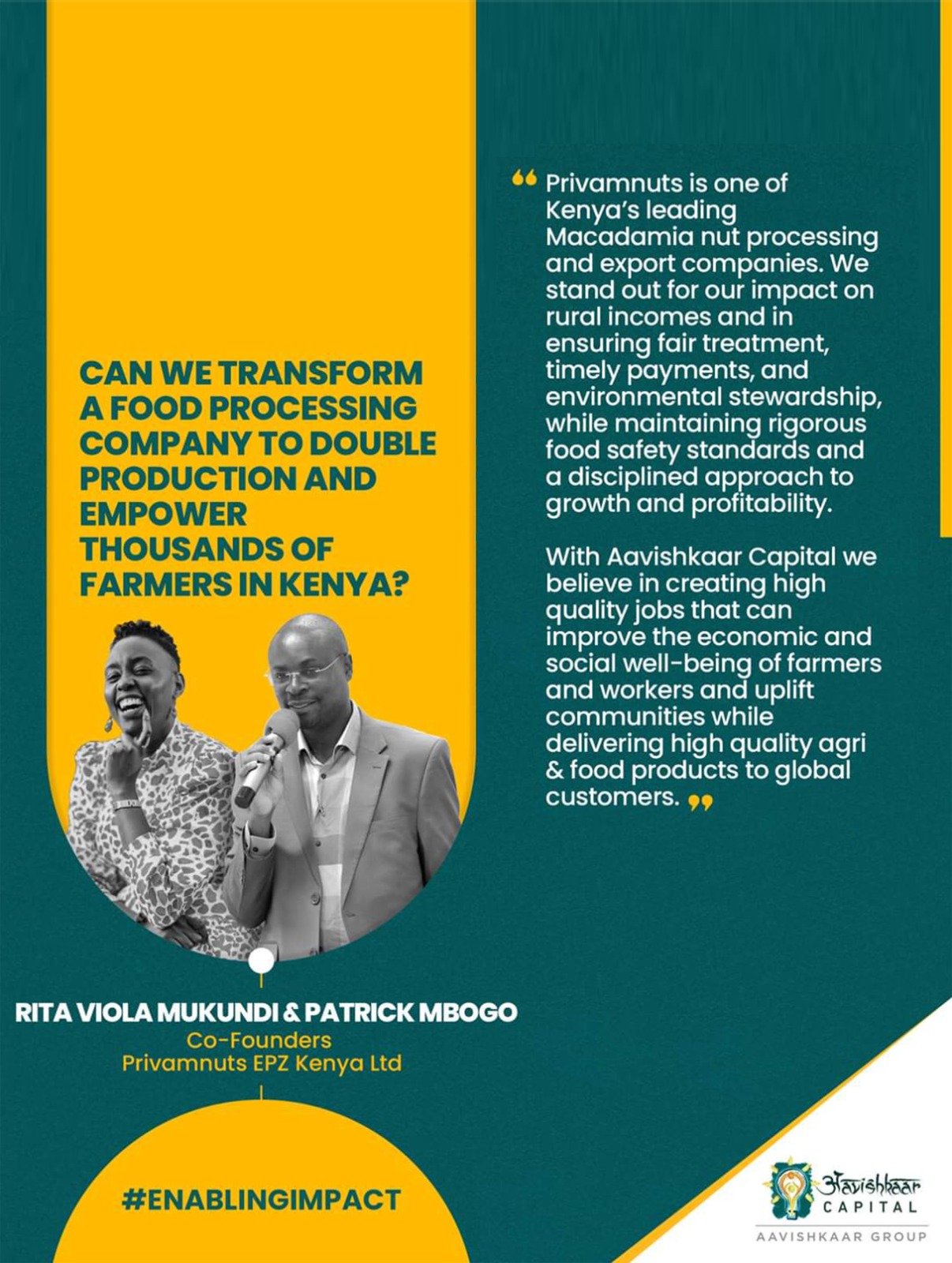
Grace Maingi,Executive Director,Kenya Community Development Foundation (KCDF)
By Grace Maingi
If you stop any Kenyan on the streets of Nairobi and ask them if they’re a philanthropist, their most likely answer is “No,” but if you ask them how many fundraising groups they’re in, you’ll most likely get a resounding “Too many!”
Philanthropy isn’t a commonly used word in Kenya, but looking at the World Giving Index 2023: Global Trends in Generosity, from Charities Aid Foundation, Kenya is ranked third, out of 142 countries, in terms of “Helped a stranger,” “Donated money” and “Volunteered.”

Community gathering in Kenya to fundraise in the spirit of ‘Harambee’.
One distinctive attribute of philanthropy in Kenya is the use of technology in giving, which is founded on the country’s motto of Harambee, a Swahili word for “pulling together.”
Harambee is Kenya’s official motto and appears on our country’s coat of arms – and is a long-standing tradition in raising funds as a group, working collectively on community projects and promoting community advancement.
The Harambee ideology has led to the creation of many self-help groups managed by women and young people at the village level and has significantly contributed to the success of community philanthropy models in Kenya.
Kenya is known for the fast growth of mobile-money applications that have reached the sections of society that don’t have access to hassle-free banking.
The applications essentially brought hundreds of thousands of small-scale business people into a world of real-time, hassle-free money transfer.
Mobile-money apps and social media platforms have provided a conducive environment for quick and efficient fundraising initiatives in Kenya that thrive on our Harambee spirit.
These have led to various opportunities for the growth of community philanthropy in Kenya through the quick mobilization of financial resources towards national causes, including funds for drought relief, scholarships, community projects and on a more familial level, burial expenses and medical bills of loved ones.

There’s much to be learned from this, including the opportunities for community philanthropy, organizing and funds mobilization towards development and social justice issues that are premised on historical ideology and values. There are opportunities for us to globally harness technological advancements to easily and quickly raise funds for causes that address systems-change approaches, and not just sporadic emergency fundraising.
With the lessons learned from Kenya, the philanthropy space can leapfrog into systems-change fundraising that’s easy, quick and efficient.
The Author is the Executive Director,Kenya Community Development Foundation (KCDF), in Nairobi, Kenya;













